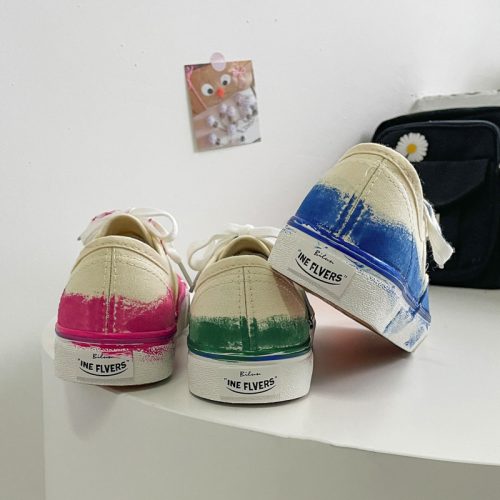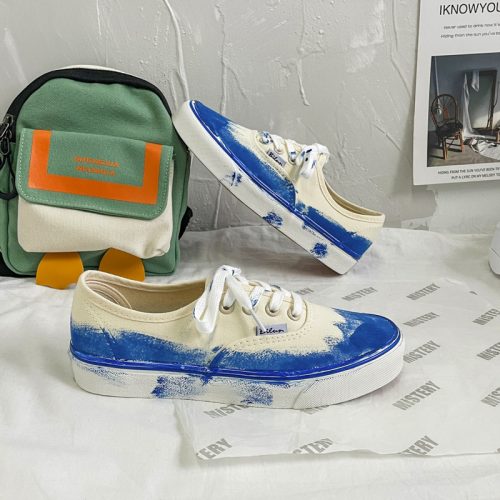Canvas basketball shoes have come a long way since their inception. Originally designed for use on the court, canvas basketball shoes have evolved to become a popular choice for everyday wear. Here’s a brief look at the evolution of canvas basketball shoes:
- Early days: Canvas basketball shoes were first introduced in the early 1900s. They were originally designed as a lighter, more comfortable alternative to leather basketball shoes. They quickly gained popularity among basketball players due to their lightness and breathability.
- Converse All Star: In the 1920s, the Converse All Star canvas basketball shoe was introduced. It quickly became the most popular basketball shoe on the market, and was worn by basketball players at all levels of the game.
- Chuck Taylor: In the 1930s, basketball player Chuck Taylor endorsed the Converse All Star shoe and became its ambassador. The shoe was later renamed the Chuck Taylor All Star in his honor. The Chuck Taylor became a cultural icon, worn by not only basketball players, but also musicians, artists, and rebels.
- Post-war years: After World War II, canvas basketball shoes continued to gain popularity. The introduction of new materials, such as vulcanized rubber, made the shoes even more durable and comfortable.
- Fashion statement: In the 1960s, canvas basketball shoes became a fashion statement. They were worn not only on the basketball court, but also on the streets. The shoes were often worn with jeans and t-shirts, and became a symbol of youth rebellion.
- Today: Canvas basketball shoes continue to be a popular choice for both basketball players and fashion-conscious individuals. They are available in a wide range of colors and designs, and can be worn with a variety of outfits.
In conclusion, canvas basketball shoes have come a long way since their early days on the court. They have evolved to become a popular fashion statement and a versatile footwear option for everyday wear.


